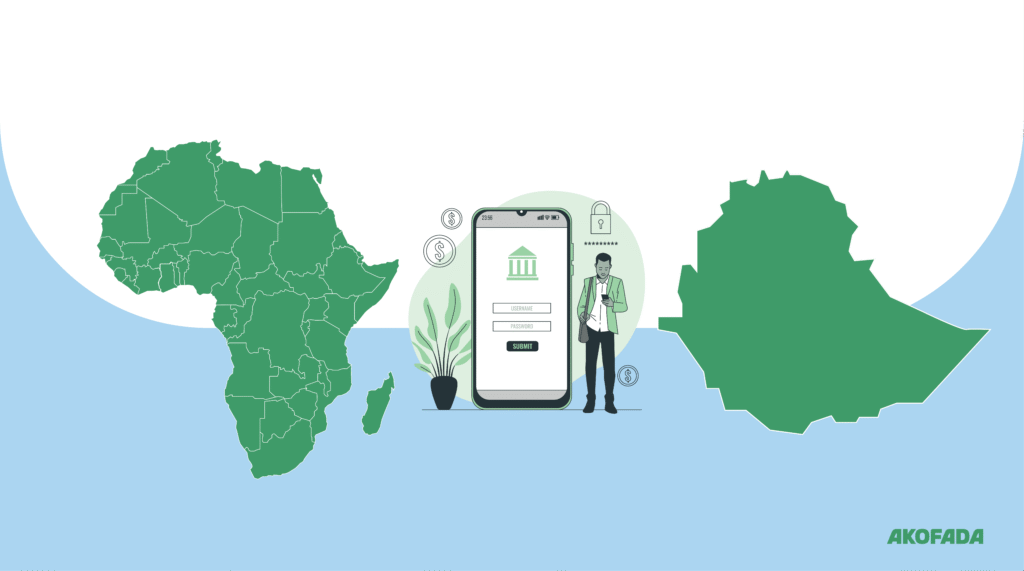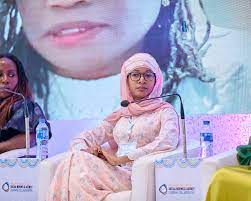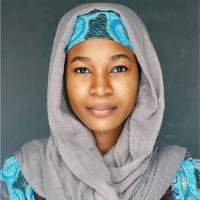Healing Data began its journey in 2014, when Nigeria faced its first Ebola outbreak from a Liberian traveller, thrusting healthcare and tech into the spotlight. Twenty confirmed cases. Eight lives lost—nearly 40 percent mortality. For Amina Ahmad, a freshly returned Nigerian with roots in computer science and software engineering, this wasn’t just a public health crisis—it was a call to action.
Amid emergency meetings and pressure to integrate technology, Amina watched contact tracing systems buckle. Fragmented data siloes, delayed entries, and a lack of culturally meaningful interfaces turned her logical mind into a passionate crusade: technology must serve people—not the other way around.
Table of Contents
From Ebola to Ethical Impact
That battle in Nigeria marked Amina’s watershed moment. She witnessed firsthand how ill-considered digital tools hindered, rather than helped, healthcare workers. Determined to change the narrative, she set out to build systems that prioritized local context, trust, and clarity.
Yet she knew that addressing epidemics was only the beginning. The same technology that could accelerate diagnosis or vaccine rollouts could, if used carelessly, erode patient privacy or exclude minority voices.
The ‘Healing Data’ Ethos
Amina coined her mission “Healing Data.” Her philosophy is simple, yet profound: data should heal communities, honour cultural identity, and uplift frontline workers. Healing Data isn’t just about code—it’s about people.
This concept has three key domains:
- Cultural Resonance
Systems must speak local languages and adapt to how health information is shared, whether through community leaders, radio, or religious institutions. Leveraging these channels builds trust and enhances compliance. - Workforce-Centric Design
Tools must be intuitive and meaningful for healthcare workers on the ground. A health officer in a rural village shouldn’t juggle multiple platforms to record a single patient visit. Healing Data emphasises single interfaces that mirror on-the-ground workflows. - Privacy and Ethics
In an era of digital health, protecting sensitive personal data is critical. Amina insists on user consent, informed opt-ins, anonymization, and clear privacy controls. This ensures that vulnerable individuals—like pregnant women or HIV-positive patients—aren’t inadvertently exposed.

Aviation-Inspired Lessons
Amina draws inspiration from aviation, where pilots follow rigorously tested protocols and work under high-pressure conditions. Health emergencies, she believes, deserve the same standard:
- Standardized procedures
- Redundancy and backups
- Ongoing training and simulation
By introducing these practices into medical systems, she hopes to dramatically cut errors and boost data reliability, especially during crises.
Scaling Across the Continent
From Nigeria, Amina’s work expanded across Africa. She’s helped deploy tools in Uganda, Sierra Leone, and the Democratic Republic of Congo. Each rollout faces unique challenges:
- Connectivity gaps in remote villages
- Diverse languages and dialects
- Varying literacy levels
- Different cultural health beliefs
Her approach? Design one core system and localise it dynamically. Labels, workflows, and training are adapted with input from local health workers and community leaders. Large photo libraries and pictograms ensure clarity even for low-literacy users.
Awards & Recognition
Amina’s leadership scored major acclaim. Just weeks ago, she was named among the Top 26 African Women in Digital Health for 2025—a testament to her lasting regional impact. Beyond that, Healing Data has sparked conferences, government partnerships, and global health collaborations, and Amina herself is a sought-after mentor for emerging tech leaders.
Why “Humanising Tech” Matters—In Her Words
Amina often says, “If your app is faster but no one can use it, it’s worthless.”
She emphasises that communities must be equal partners, not passive data providers. In Sierra Leone, for instance, faith leaders were invited to brainstorming meetings, ensuring systems complemented traditional health norms and messaging.
Similarly, voice-based contact tracing has proven invaluable where text literacy is low. Community health workers could call patients, record symptoms, and update databases—all without typing a word.
Overcoming Obstacles with Open Collaboration
“The future of healthcare in Africa is not built in isolation,” Amina told us.
She fosters collaboration across ministries, NGOs, data scientists, and local health workers. Her protocols and code are open-source; customisation is encouraged. This transparency builds capacity at national levels and ensures resilience—no system collapses when a single provider leaves.
Looking Ahead: AI, Genomics, and Beyond
What’s next for Healing Data? Amina plans to integrate AI-powered diagnostics to recognise patterns like suspected malaria or tuberculosis from field-collected vitals. She also wants to incorporate genomic surveillance, especially for diseases like Lassa fever and monkeypox.
However, with these powerful tools comes heightened risk. Amina stresses that communities must consent, understand, and choose participation. Policies and protocols must prevent the misuse of highly sensitive outputs like genetic data.
The Ripple Effect: Education, Equity, Empowerment
Healing Data isn’t just about technology—it’s a movement:
- Educational initiatives introduce digital ethics and design thinking into university curricula across West Africa.
- Empowerment programs train women to lead in digital health, bridging gender gaps in STEM. When women lead health analytics, female patients feel heard.
- Public awareness campaigns demystify data: where it goes, who owns it, and how it’s used.
A Vision of Tech with a Conscience
For Amina, healing data isn’t just code—it’s a mindset. One where public health embraces technology with empathy, integrity, and cultural awareness. A Nigeria built to respond faster to outbreaks, a Uganda that tracks data without compromising privacy, a Sierra Leone where frontline workers own their tools—these are the real measures of progress.

Key Takeaways
| Theme | Insight |
|---|---|
| People-centered design | Interfaces must align with frontline realities |
| Cultural adaptation | Local actors and languages are essential partners |
| Ethics & consent | Transparency builds trust and compliance |
| Cross-border frameworks | Open-source and collaborative frameworks ensure scalability |
| Future tech | AI and genomics tools must be built on ethical foundations |
Conclusion
Amina Ahmad’s journey—from Nigeria’s Ebola trenches to her role as an influential digital health architect—is more than a career: it’s a movement. Healing Data is a blueprint for an Africa where data is not just collected but harnessed ethically, effectively, and respectfully.
She’s constructing systems that do more than track disease—they affirm human dignity, amplify marginalised voices, and fortify national resilience. In Amina’s vision, tech is not a force of disruption—it’s a bridge to healthier, stronger societies.
Join Our Social Media Channels:
WhatsApp: NaijaEyes
Facebook: NaijaEyes
Twitter: NaijaEyes
Instagram: NaijaEyes
TikTok: NaijaEyes








































